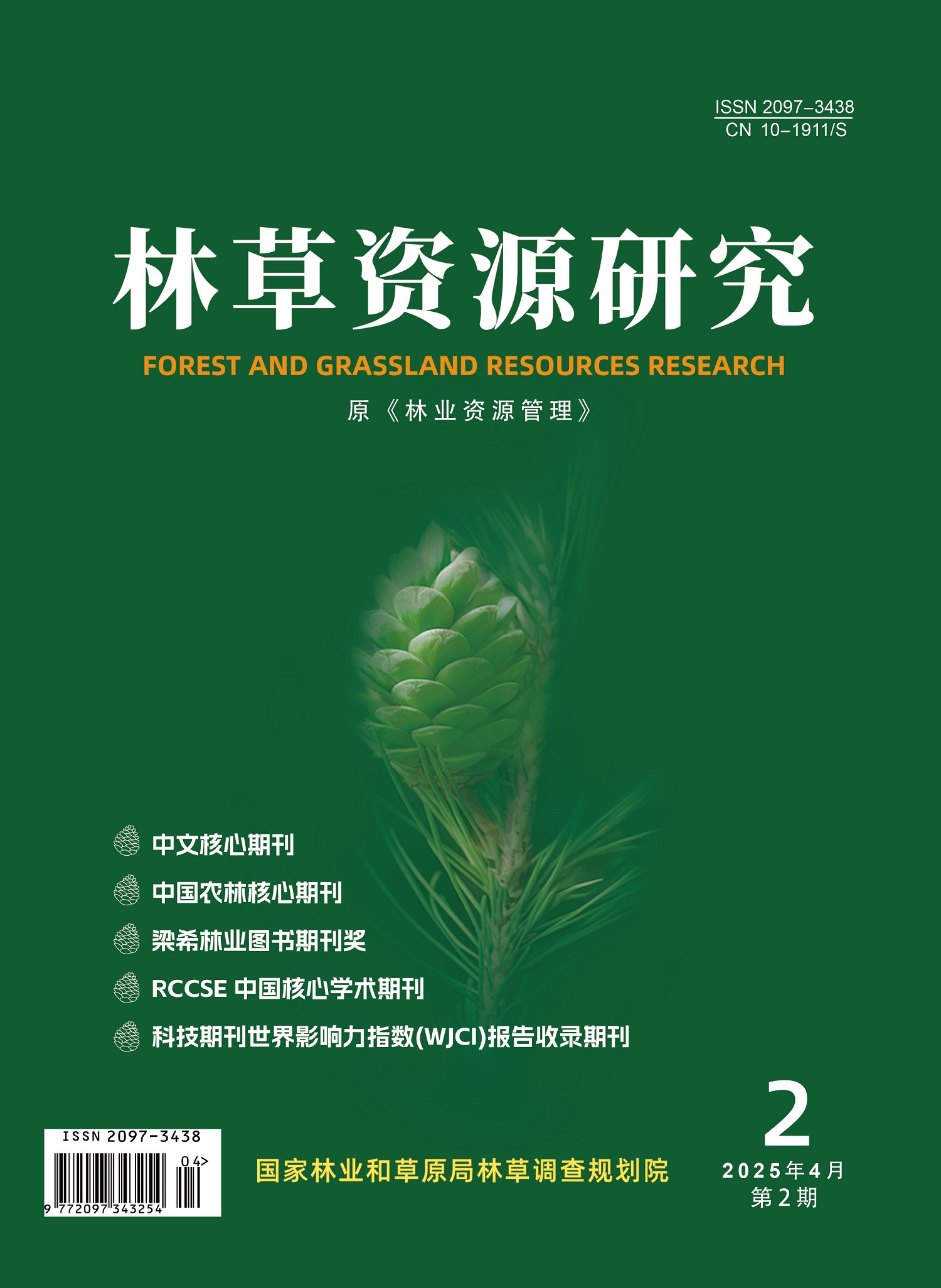In order to elucidate the effects of stand age on soil nutrients and C:N:P stoichiometry characteristics in Pinus armandii plantations,an age sequence of Pinus armandii stands (10 years old,16 years old,22 years old and 47 years old) were selected in Wumeng Mountain,Bijie City,Guizhou Province.Three representative 20 m×20 m plots were set in each forest stand.The soil pH,total carbon (TC),total nitrogen (TN),total phosphorus (TP),total potassium (TP),total calcium (TCa),soil organic carbon (SOC),available nitrogen (AN),available phosphorus (AP),and available potassium (AK) at soil depth of 0-20 cm were measured,and the stoichiometric ratio of soil C:N:P was calculated.Their changes with stand age and their relationship between the C:N:P stoichiometric ratio and the factors were explored.The results showed that the concentrations of SOC and TN among different ages ranged 23.624~65.093 g/kg and 1.533~5.157 g/kg,respectively,which were much higher than the national average level.The concentrations of TP ranged 0.327~1.097 g/kg,which was comparable to the national average soil level.These indicated that the concentrations of SOC and TN were high in the study area.The stand age had significant effects on soil nutrients and C:N:P stoichiometric ratio.With the increase of stand age,the soil TC,SOC,C:N and C:P showed a trend of first decreasing and then increasing,whereas soil pH,TK and TCa showed a trend of first decreasing and then increasing.The TN,TP,AN,AP and AK increased gradually with the increasing of stand age,whereas the soil N:P showed a wavy trend.Pearson correlation analysis showed that the correlations of soil C:N and C:P with TK and TCa were greater than those with TN and TP,indicating that the soil C:N ratio and C:P ratio of Pinus armandii plantations were mainly affected by the contents of potassium and calcium.Therefore,it is particularly important to scientifically regulate the contents of potassium and calcium in the soil during the management of Pinus armandii plantations.Results from this study can provide theoretical basis for sustainable and scientific management of Pinus armandii plantations.

